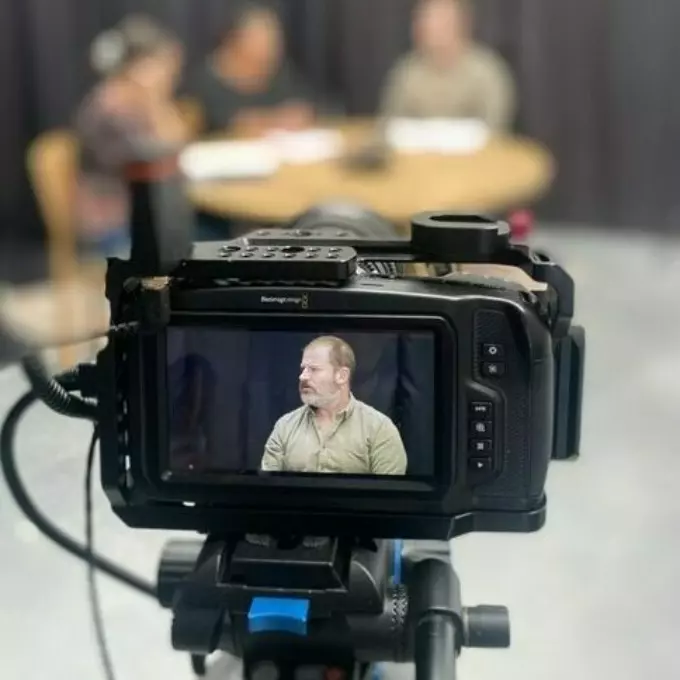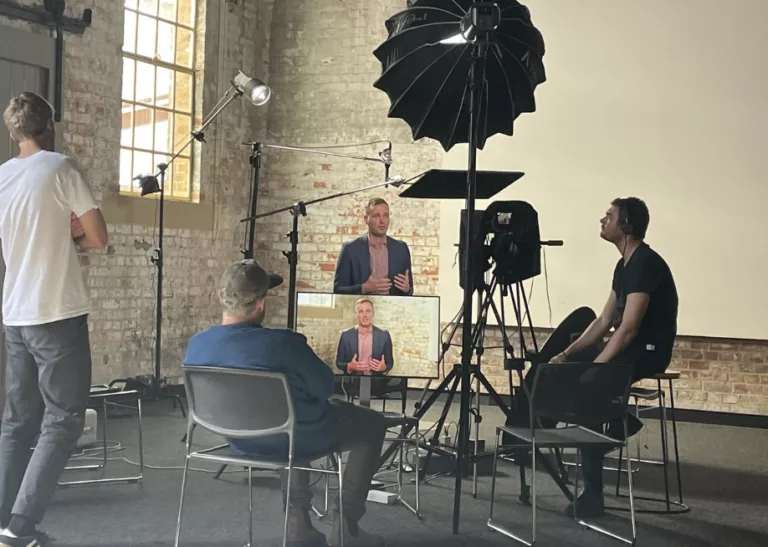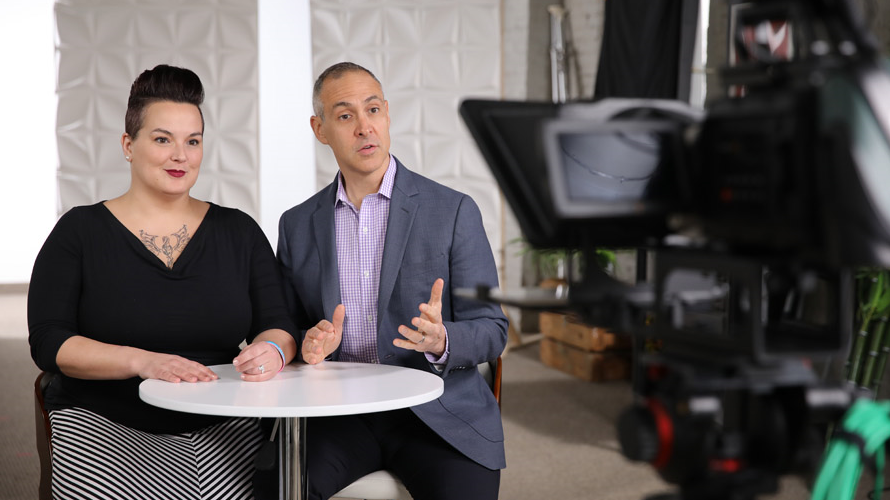
Customisation to Suit Unique Needs
A key part of SafeSide Prevention’s mission is to engage, unite, and support diverse workforces, serving diverse populations in diverse locations to think, act, and communicate with a common set of principles and best practices. This is the foundation of all our educational programs. However, some systems have unique needs and goals in suicide prevention and want a more tailored learning experience. Our program development team works with organisations to customise the program to their specific cultural, sector or organisational contexts.
SafeSide Prevention partnered with Open Minds to develop a customised introduction video with their leadership and team members to create a more contextualised start to the educational program for their workforce.

How We Work with You
Our approach to customisation is iterative and feedback-driven:
- Explore: We begin by listening to your needs and gathering input from key stakeholders.
- Prepare: Together, we design and refine materials through collaborative feedback sessions, incorporating diverse perspectives to ensure relevance and impact.
- Implement and Sustain: After finalising the materials, we provide them to your workforce, along with optional training resources or sessions tailored to your organisation’s context.
The timeline depends on the scope of the customisation, with clear milestones agreed upon at the start.
Customisation Options Available
Collaboration - with clinical staff, lived experience, and subject matter experts - is a central element to our customisation process at SafeSide Prevention. Choose the option that best suits your workforce.
Comprehensive Customisation
This is for organisations looking to review their suicide prevention approach, including culture, policies, pathways, practices, and education.
This could include custom
- demonstrations
- lived and living experience insights
- instruction
- implementation and communications resources
- Private office Hours
- bespoke micro-learnings and refreshers.
Program adaptation
This is for organisations that want to keep the program’s core teachings but contextualise it for a particular sector or workforce. E.g., The SafeSide Program - Alcohol and Other Drugs.
This could include custom
- Demonstrations and examples/scenarios to bring out skills or dilemmas relevant to your workforce
- Lived experience footage.
Customised add-ons
This is for organisations that want to use the standard educational content but would like one or more add-ons developed to support their implementation.
This could include custom
- introductory material, such as a brief introduction featuring leadership and/or person with lived experience to provide local context
- discussion/practice prompts to encourage participants to consider how the framework applies in their environment or culture and to their specific roles
- bespoke modules to train staff in organisation-specific workflows and documentation and how these link with the SafeSide Framework.

Sharing Perspectives in Conversations
Incorporating diverse voices is central to making meaningful change for people from communities disproportionately affected by suicide. Engaging members of the workforce setting is also crucial to ensure the educational program is relevant and realistic. Through customisation we can embed unique perspectives and wisdom into the learning experience.
Frequently asked questions
No. SafeSide’s programs and offerings are used in organisations as is and are designed to engage, unite, and support diverse workforces, serving diverse populations in diverse locations to think, act, and communicate with common principles and best practices.
But for organisations that require a more tailored learning experience, SafeSide Prevention’s instructional design and video production team (called the InPlace Productions team) partners with collaborating entities to fund and tailor content to ensure maximum relevance and learning transfer for your setting, population, and culture.
All customisation includes instructional design, scripting, storyboarding, pre and post-production, and integration into program materials, workbooks, etc. The process does require assistance from you in identifying and connecting with local individuals who would appear in this work, providing learning objectives (especially with respect to local practice requirements), and collaborating to produce storyboards consistent with your needs.
We have a process for gathering feedback from your organisation and generating recommendations for how and how much to customise. Naturally, the amount of production required determines the cost. We right-size that to your budget and goals.
We make customisation affordable by (a) drawing on in-house resources and tested processes for almost all of the production needs (b) using a cost-sharing model, where we co-fund the production, with the contractual understanding that we will leverage material we create together to advance our suicide prevention mission further and serve other organisations, while always acknowledging the contributions of the collaborating organisation.
Take the First Step Today
Ready to customise or find out more? Book a chat with our team to get started.
